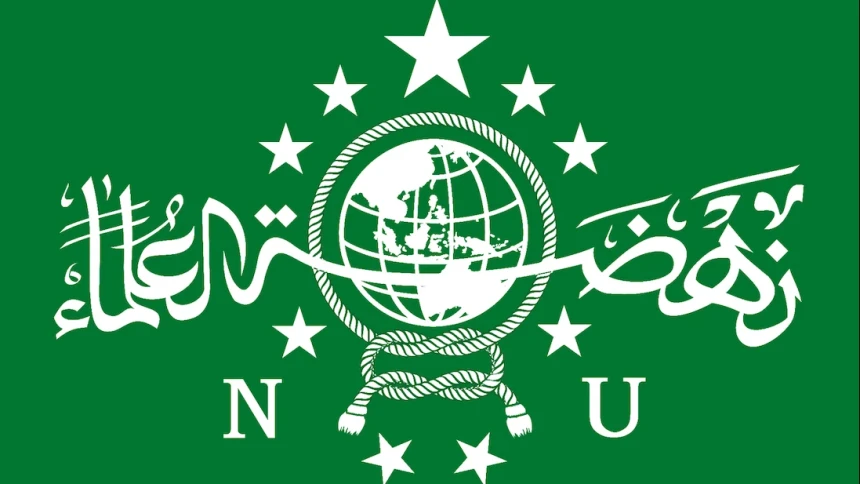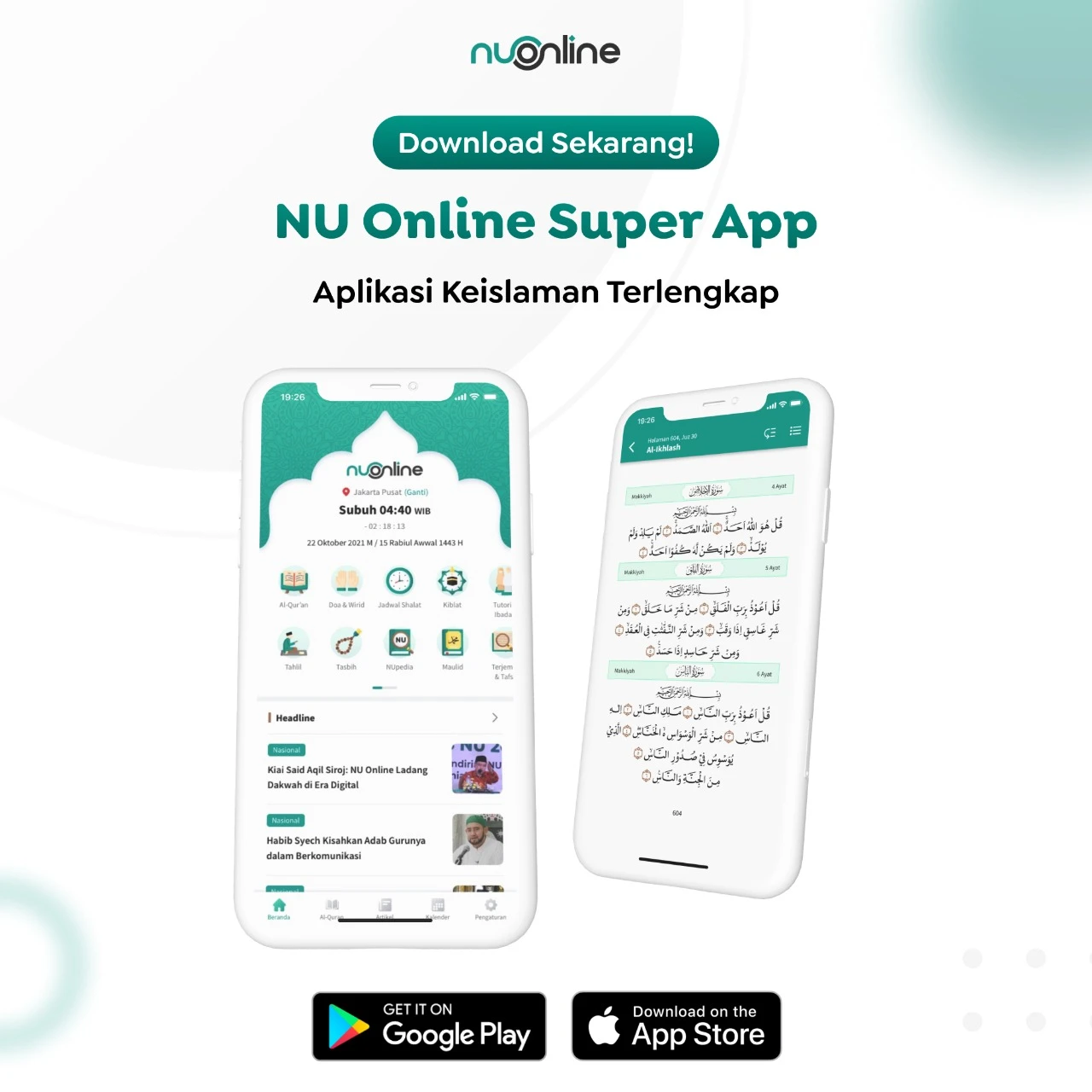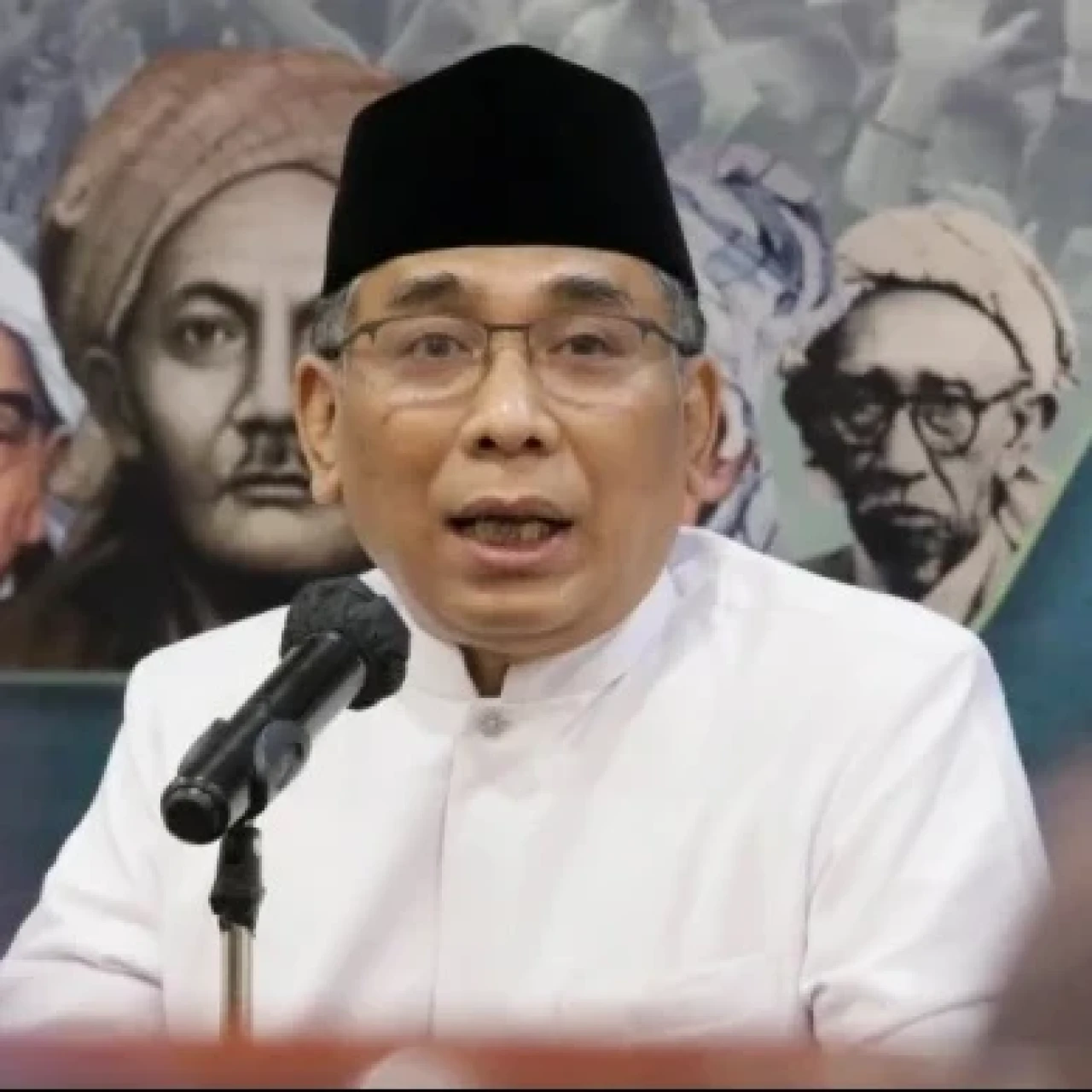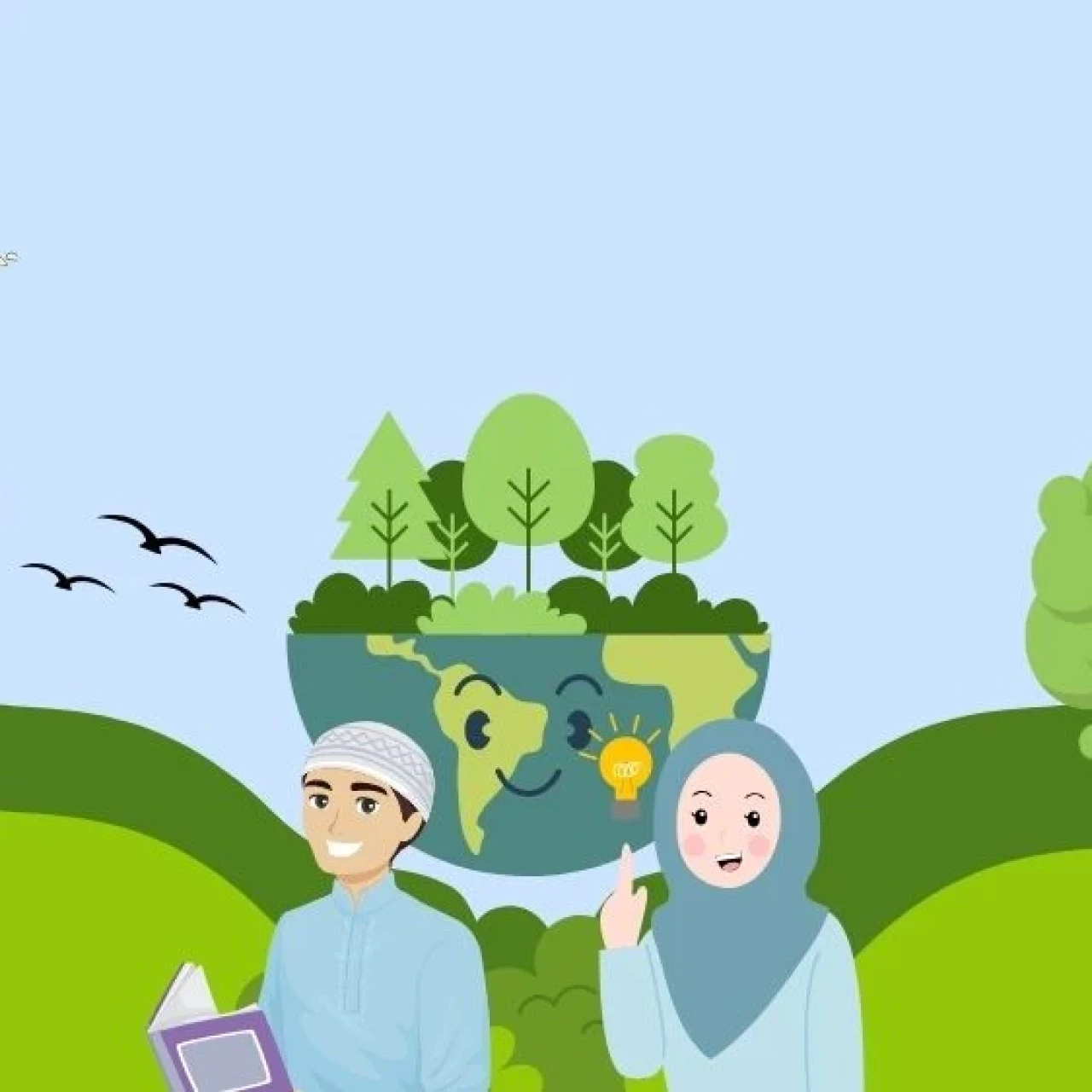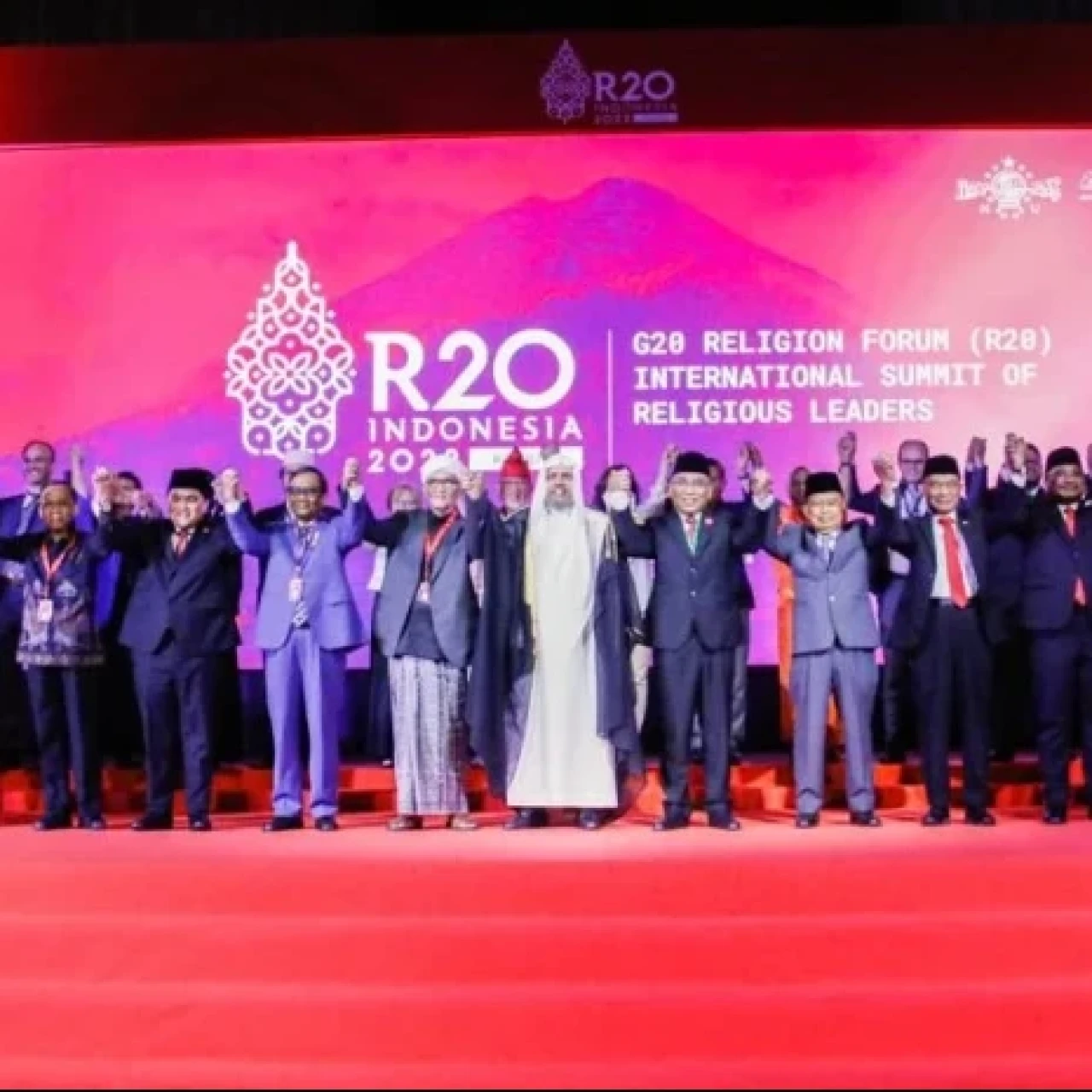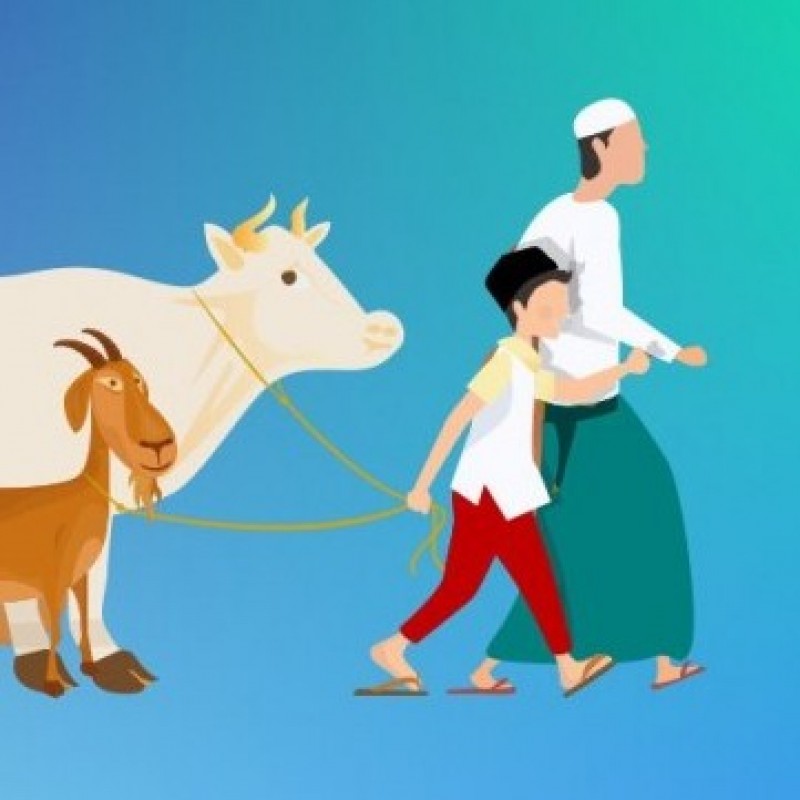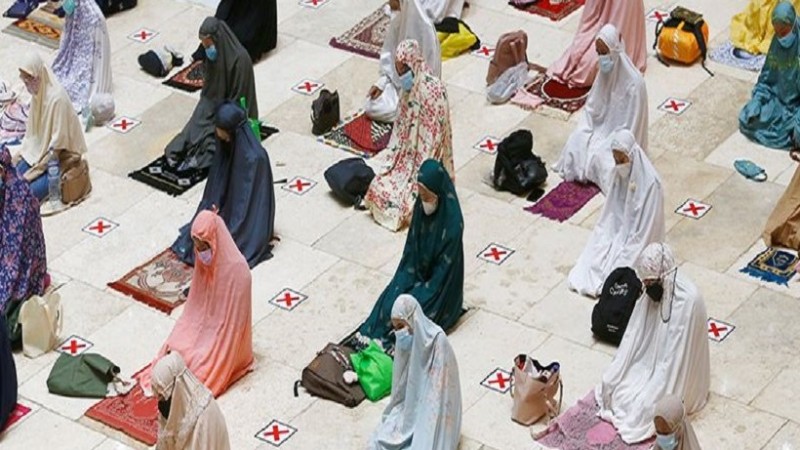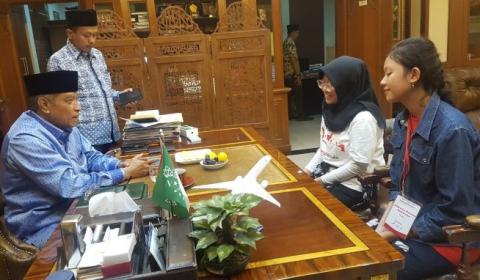By: Manuel Kaisepo*
We should be grateful and proud over the acknowledgment and praise on account of the Indonesia’s government through the Vice President Yusuf Kalla. We should be also proud that the name of President Yudhoyono is nominated as one of candidates winning the Nobel Peace Prize. Of course, it would be more completely and fair if key figures of the Free Aceh Movement (GAM) to get the same acknowledgment and appreciation. Why? Because without their involvements in the agreements, it’s impossible to create peace in Aceh.
Yet, the expression of pride over the establishment of peace in Aceh would have deep meaning if the event was not solely understood as if it happened in such a way, happened by itself, and was separated from a series of other past events and the very devastating natural disaster like tsunami on last Desember 2004.
without decreasing the acknowledgement and appreciation over the successful of the peace accord, efforts to seek a solution for Aceh, during the last 30 years, have just actually found such a powerful stepping-stone by 2000 through the commitment and the role being played President KH Abdurrahman “Gus Dur” Wahid in undertaking human initiatives he believed in.
The peace initiatives through the accord to seek solution over the Aceh problems was officially started while signing the joint Understanding (MoU) on Humanitarian Pause for Aceh between Indonesia’s ambassador for Switzerland Hasan Wirajuda (is now Foreign Affairs Minister RI), representing Indonesia’s government and the representative of GAM, Zaini Abdullah on 12 May 2000 in Geneva.
After almost 30 years under the authoritarian policy-making New Order placing Aceh as a military operation region (DOM), the signing of the last 12 May 2000’s MoU could be regarded as a historical momentum.
Humanitarian initiatives to realize peace in Aceh might be seen as a proof of humanitarian commitment and the expertise of President Abdurrahman Wahid in playing non-conventional diplomatic steps solely for home interests and showing his humanitarian visions as a prominent man initiating the birth of the (peace) accord.
The first sign dealt with the peace initiatives raised in January 2000 as Gus Dur speaking before the forum so-called as Hennry Dunnant Centre for Humanitarian Dialogue (HDC), the institute being a mediator during the agreement process between the Indonesian government and GAM’s representatives. At the occasion, Gus Dur stressed the importance of humanitarian dialogue in changing conflict situations having potentials to trigger violence that in turn may cause humanitarian disaster.
One day after that, Gus Dur told reporters that his government was determined to stop the ongoing Acehnese sufferings. For that reason, his government would continue the process of dialogue as the best step in bridging the difference and continue to stop the people’s sufferings.
The first sign was strongly clear when Gus Dur, in May 2000 mandated officials of the State Secretary to meet the commander of GAM in Glumpang Tiga, Pidie, Aceh. The meeting increasingly marked the open space to dialogue between the Indonesia’s government and GAM. There, it was also agreed to conduct further dialogues.
The series of the dialogue had been followed up together with the GAM’s figures abroad. This in turn produced the Joint Understanding on Humanitarion Pause for Aceh on 12 May 2000.
In fact, as an initial effort, the joint understanding had not yet overcome different interests and dissenting opinions for both sides, even they had been in deadlock. But at least, the stepping-stone had opened such favorable chances for the following dialogue process.
The purposeful process was then followed up by President Megawati through a signing of Cessation of Hostilities Agreement (COHA) in Desember 2002 and the implementation of the agreement was running until May 2003. at the last accord in Tokyo, GAM had rejected the government’s initiatives. In terms of the failure of the expected agreement, the government settled military measures through Integrated Operation in May 2003.
Though the process of peace agreements through HDC producing the humanitarian pause and COHA achieving no maximally results, the process toward the expected goals had been with little fuss in which it led to a series of agreements by 2005 under the leading role of Vice President Kalla through a mediator Former President of Finland Martti Ahtissari with the institution for Crisis Management Initiative (CMI).
*The writer is a Jakarta-based researcher
Terpopuler
1
Gus Yahya Sampaikan Selamat kepada Juara Kaligrafi Internasional Asal Indonesia
2
Menbud Fadli Zon Klaim Penulisan Ulang Sejarah Nasional Sedang Uji Publik
3
Guru Didenda Rp25 Juta, Ketum PBNU Soroti Minimnya Apresiasi dari Wali Murid
4
Khutbah Jumat: Menjaga Keluarga dari Konten Negatif di Era Media Sosial
5
PCNU Kota Bandung Luncurkan Business Center, Bangun Kemandirian Ekonomi Umat
6
Rezeki dari Cara yang Haram, Masihkah Disebut Pemberian Allah?
Terkini
Lihat Semua

